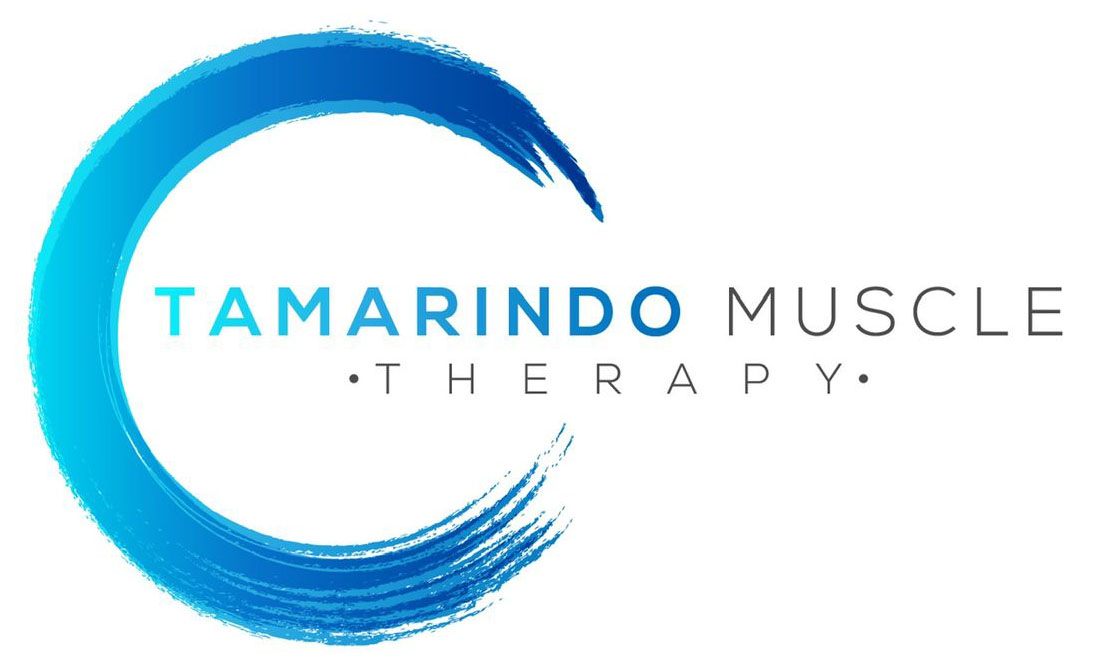- Tennis Elbow (and other weekend warrior injuries). After 40, repetitive strain and sports injuries tend to be #1 reason people visit orthopedists. Tennis elbow, or lateral epicondylitis, is one of the most common of these complaints. This overuse injury affects the tendons in the outside of the elbow joint. If you’re experiencing weak grip strength and a painful soreness or burning sensation in the outside of the elbow, you may have this condition. Tennis elbow can be a sports injury, but it can also be caused by knitting, using a computer mouse, typing, doing yard work, or playing a musical instrument. Anything you do over and over, for hours at a time, can lead to an overuse injury like tennis elbow.
- Tendonitis in other parts of the body is also commonly seen in people over 40 — for example, wrist and forearm tendonitis and Achilles tendonitis.
- Lower back problems. Many people (especially men) develop back problems in their 40s, due to a combination of risk factors including a sedentary lifestyle, obesity, arthritis, and a loss of bone density. Sciatica (a nerve issue that leads to numbness and discomfort in the hips and legs) is also a common complaint in both men and women.
- Rotator cuff tears. Athletes and people middle-aged and older are more likely to sustain this common injury. The rotator cuff is the part of your shoulder joint that allows you to lift and rotate your arm. Over time, normal wear and tear in the shoulder joints weaken the dominant shoulder, especially in people who perform frequent tasks that require overhead motions (for example, swinging a hammer, painting walls, or throwing a ball). About 2 million people per year sustain this injury. If you have a sore shoulder or limited mobility, it might be time to visit a specialist.
- ACL tears and Meniscus tears. Age-related tissue degeneration makes the knee joint particularly susceptible to injury. If you’ve put on extra weight as you’ve gotten older, this added stress can also contribute to knee problems. Due to biomechanics, hormonal changes, and some medications, women are anywhere from two to 10 times as likely as men to sustain ACL (anterior cruciate ligament) tears and ruptures — and this likelihood increases after 40. ACL tears and ruptures can happen when you land awkwardly after jumping, when you pivot or twist your body with your feet in a fixed position, or when you sustain an impact to your knees while your feet are planted. As for meniscus tears, after 30, both men and women alike are prone to damaging the rubbery, disc-shaped “shock absorber” cartilage inside the knee joint. Meniscus (cartilage) tears can happen playing sports, but many people over 30 tear their menisci doing everyday activities like climbing and descending stairs, hiking, kneeling or squatting, or walking on cobblestones or a rough terrain. Even getting out of a chair awkwardly can tear this cartilage.So what can be done? All of these injuries can be treated naturally or even prevented using the Koontzin technique, a neuromuscular technique focused on structural alignment and soft tissue health. At times supplements and dietary changes are in order, nevertheless, if you are experiencing any of the symptoms mentioned above it is time for a tune up.At Tamarindo Muscle Therapy we take a look at your overall health and wellbeing. Through the Koontzin technique, we ensure your muscles and ligaments are flexible and firing properly without restriction, which helps prevent overuse injuries from ever happening. However, if you’re currently dealing with one of these injuries it’s not too late…come in for a free consultation and learn about our different treatment plans.
Tamarindo Muscle Therapy & Massage Blog
joint pain
6 Foods that reduce inflammation and joint pain
Inflammation is part of the body’s immune response; without it, we can’t heal. But when it’s out of control—as in rheumatoid arthritis—it can damage the body. Plus, it’s thought to play a role in obesity, heart disease, and cancer.
Foods high in sugar and saturated fat can spur inflammation. “They cause overactivity in the immune system, which can lead to joint pain, fatigue, and damage to the blood vessels,” says Scott Zashin, MD, clinical professor at the University of Texas Southwestern Medical Center in Dallas.
Here are 6 examples from among many of the foods you can add to your diet to help reduce excessive inflammation:
Fatty fish:
Oily fish, like salmon, mackerel, tuna and sardines (not fried), are high in omega-3 fatty acids, which have been shown to help reduce inflammation. If your not a fish fan try fish oil supplements.
Whole Grains:
More fiber, which has been shown to reduce levels of C-reactive protein, a marker of inflammation in the blood.
Dark leafy greens:
Studies have suggested that vitamin E may play a key role in protecting the body from pro inflammatory molecules called cytokines—and one of the best sources of this vitamin is dark green veggies.
Nuts:
Another source of inflammation-fighting healthy fats is nuts—particularly almonds, which are rich in fiber, calcium, and vitamin E.
Peppers:
“Colorful vegetables are part of a healthier diet in general,” says Dr. Costenbader.They have high quantities of antioxidant vitamins and lower levels of starch.
Beets:
This vegetable’s brilliant red color is a tip-off to its equally brilliant antioxidant properties: Beets (and beetroot juice) have been shown to reduce inflammation, as well as protect against cancer and heart disease, thanks to their hearty helping of fiber, vitamin C and plant pigments called betalains.
As you come into Tamarindo, the entrance for Tesoro will be on your left, right across the street from the Pangas restaurant. Turn in toward Tesoro and right before the guards, there is an entrance to the left. We are in the big two story building in the back. Our clinic is on the lower level.
9am-5pm - By Appointment Only

